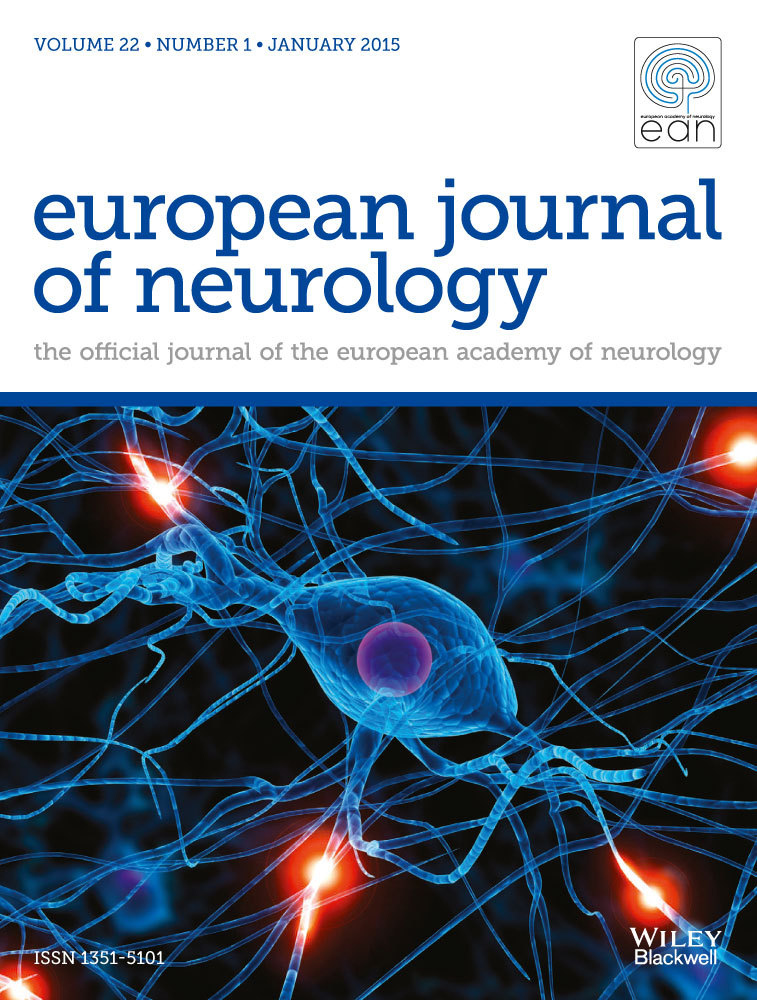Association between white matter hyperintensity and medial temporal atrophy at various stages of Alzheimer's disease
Abstract
Background and purpose
Whilst there is evidence implicating small vessel cerebrovascular disease in the pathogenesis of Alzheimer's disease (AD), its specific contribution to the pathophysiology of AD remains unclear. The burden of small vessel cerebrovascular disease visualized as white matter hyperintensity (WMH) and its association with medial temporal atrophy (MTA) at different stages of AD was studied.
Methods
One hundred and sixty-five cognitively normal (CN) community controls, 103 mild cognitive impairment (MCI) patients, 141 mild AD patients and 68 moderate−severe AD patients were studied. Clinical, cognitive and risk factor data were collected, and WMH and MTA were quantified by trained raters. The Jonckheere−Terpstra test for ordered alternatives was used to study the association between WMH and MTA in different stages of AD.
Results
The burden of total WMH increased significantly with increasing severity of AD, even after correcting for confounders. The proportion of CN, MCI, mild AD and moderate−severe AD subjects with severe burden of WMH was 6.7%, 9.7%, 28.4%, and 39.7%, respectively. A strong positive association between WMH severity and MTA was evident amongst MCI (P = 0.011) and mild AD (P = 0.003) subjects, but not in CN (P = 0.953) and moderate−severe AD subjects (P = 0.301).
Conclusions
The burden of WMH increased significantly from the stage of CN to MCI to AD. The association between WMH and MTA was greatest at the stage of MCI and mild AD. This has implications on the strategy to slow the progression of AD, where measures to reduce WMH, including control of vascular risk factors, need to be optimized at the stage of MCI and mild AD.




